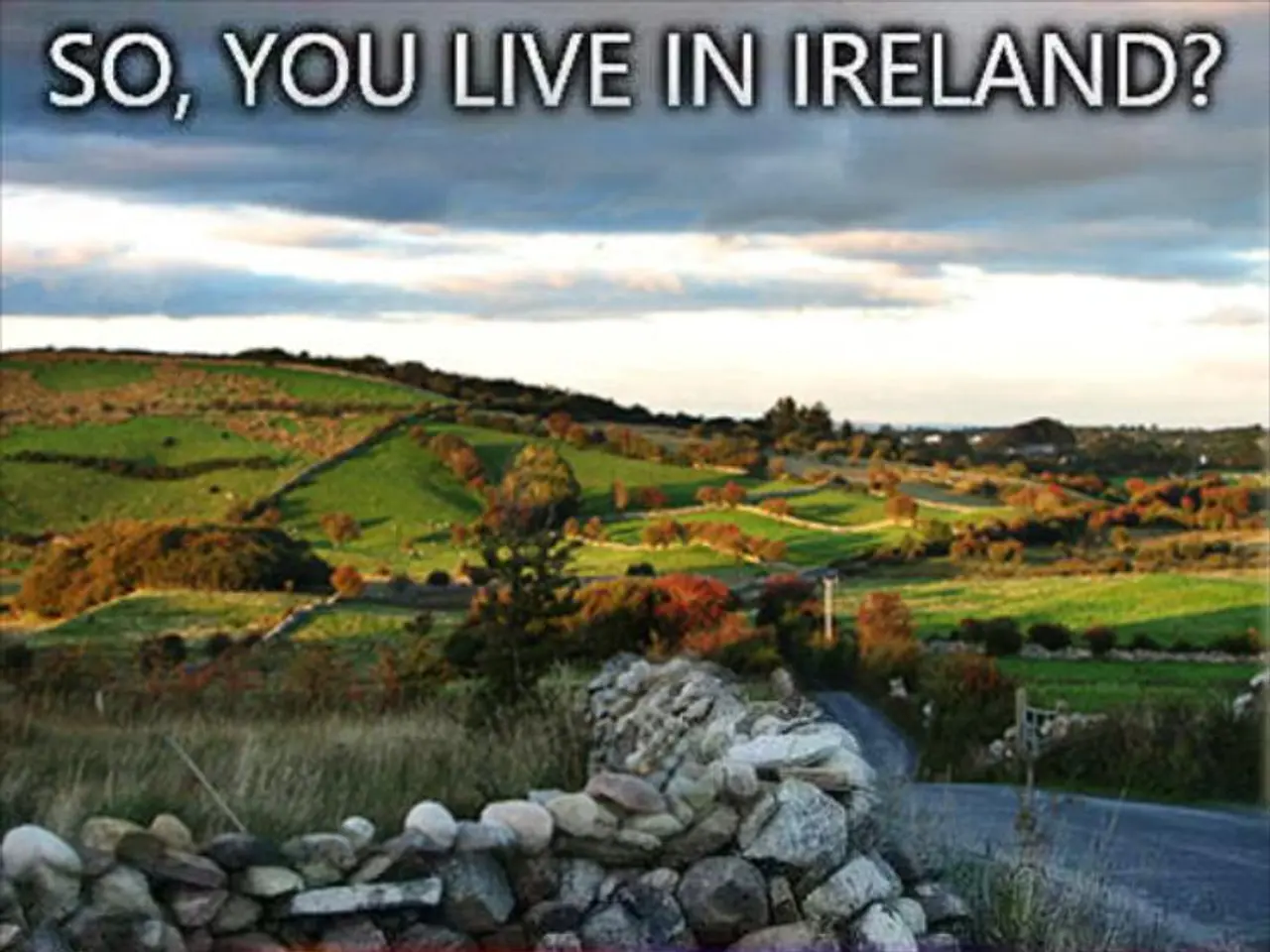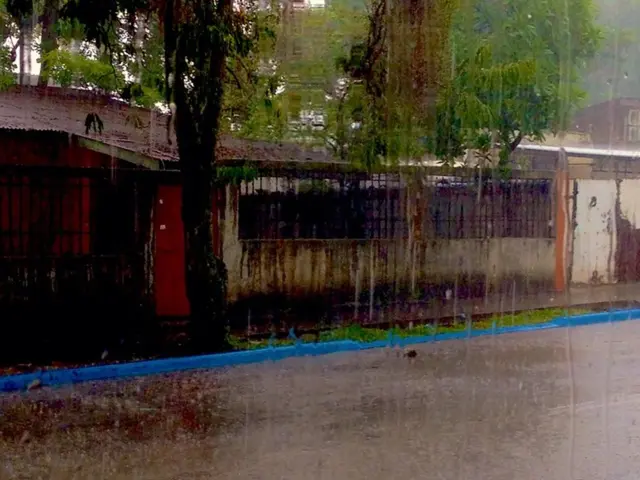Forecast predicts significant threat of wildfires in Rhineland-Palatinate, advising caution and precautions.
High Wildfire Risk in Rhineland-Palatinate and Brandenburg
The German Weather Service (DWD) has issued a warning for increased wildfire risk in Germany, with Rhineland-Palatinate and Brandenburg expected to face the highest danger levels in the coming days.
The risk in these regions is primarily due to a combination of climatic and human-related factors. Increasing drought and rising temperatures, linked to climate change, dry out vegetation and create ideal conditions for fire ignition and spread. More frequent extreme weather events, such as heatwaves and dry spells, intensify wildfire risks.
In Rhineland-Palatinate, the current danger level is three, indicating a medium risk. However, in specific areas such as Montabaur, Bad Dürkheim, Andernach, Montabaur in the Hunsrück, Blankenrath, and Frankfurt-Hahn Airport, the danger level is four, indicating a high risk. In Brandenburg, the highest danger level of five is expected to be reached at several stations.
The wildfire-prone areas in Rhineland-Palatinate's forest are influenced by factors such as the type of soil, ground vegetation, and dead wood. Despite recent dry days, the risk of fires in Rhineland-Palatinate is still limited due to the dense network of roads, which ensures quick and targeted access for firefighters and can also serve as firebreaks. Additionally, the high proportion of deciduous trees and mixed forests in Rhineland-Palatinate reduces the wildfire risk, as deciduous trees have a quickly decomposing ground cover with high water storage capacity, making them less flammable.
In contrast, Brandenburg, particularly its eastern regions, has a higher wildfire risk due to the prevalence of pine monocultures. These pine forests provide highly flammable fuel loads that exacerbate fire spread. Moreover, Brandenburg has 54% of its territory under particularly high wildfire threat, far above the national average.
Human activities also contribute significantly to fire ignitions, including negligence and unsafe land use practices, although this is more directly noted in other European contexts. Rural depopulation, forest ownership patterns, and agricultural policies indirectly influence the management and vulnerability of landscapes to wildfire.
Addressing these risks will require not only firefighting but also improved forest management and ecosystem restoration to reduce flammable fuel and increase landscape resilience. It is crucial to maintain a balanced forest structure with a mix of tree species and to manage forests sustainably to reduce the risk of wildfires. The public is also reminded to avoid open fires and smoking in the forest year-round, especially during periods of high wildfire risk.
[1] European Forest Institute (2020). Wildfire Risk in Europe: Assessing and Managing Wildfire Risk in a Changing Climate. [2] German Weather Service (2021). Wildfire Danger Index. [3] European Environmental Agency (2019). Wildfire Risk in Europe. [4] European Commission (2020). Adapting to Climate Change: Forests and Woodlands. [5] European Union (2020). Rural Development Programme for Europe.
- The increased wildfire risk in Rhineland-Palatinate and Brandenburg could intensify due to the influence of environmental-science factors, like rising temperatures and drought associated with climate change, which contribute to dry vegetation and ideal wildfire conditions.
- In light of the high wildfire danger levels, it's essential to acknowledge the role of science in addressing the issue, specifically through improved forest management and ecosystem restoration for reducing flammable fuel and increasing landscape resilience, as stated in European Forest Institute's (2020) 'Wildfire Risk in Europe: Assessing and Managing Wildfire Risk in a Changing Climate' and European Commission's (2020) 'Adapting to Climate Change: Forests and Woodlands'.







